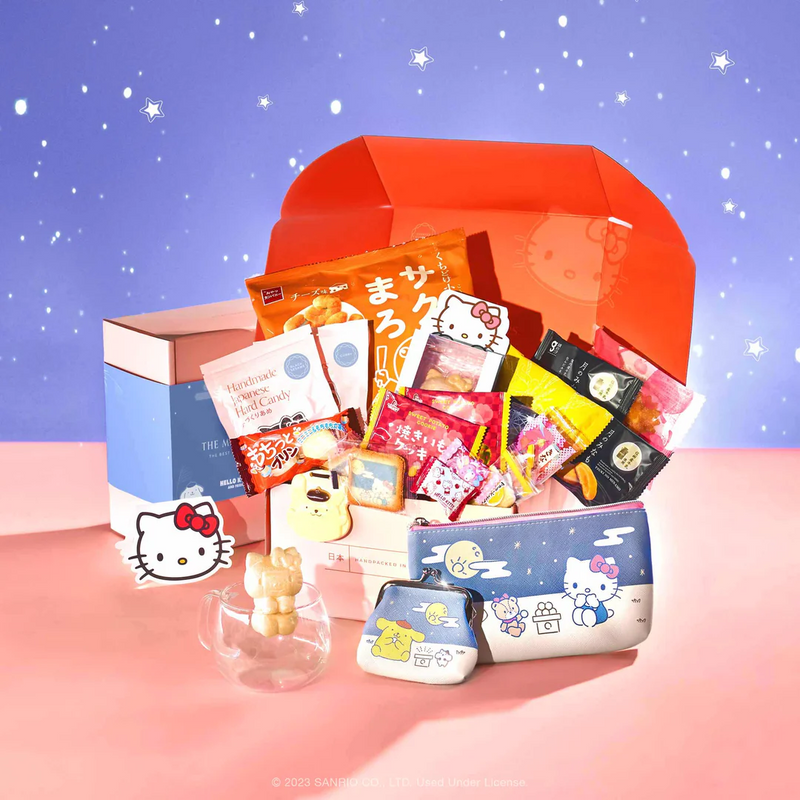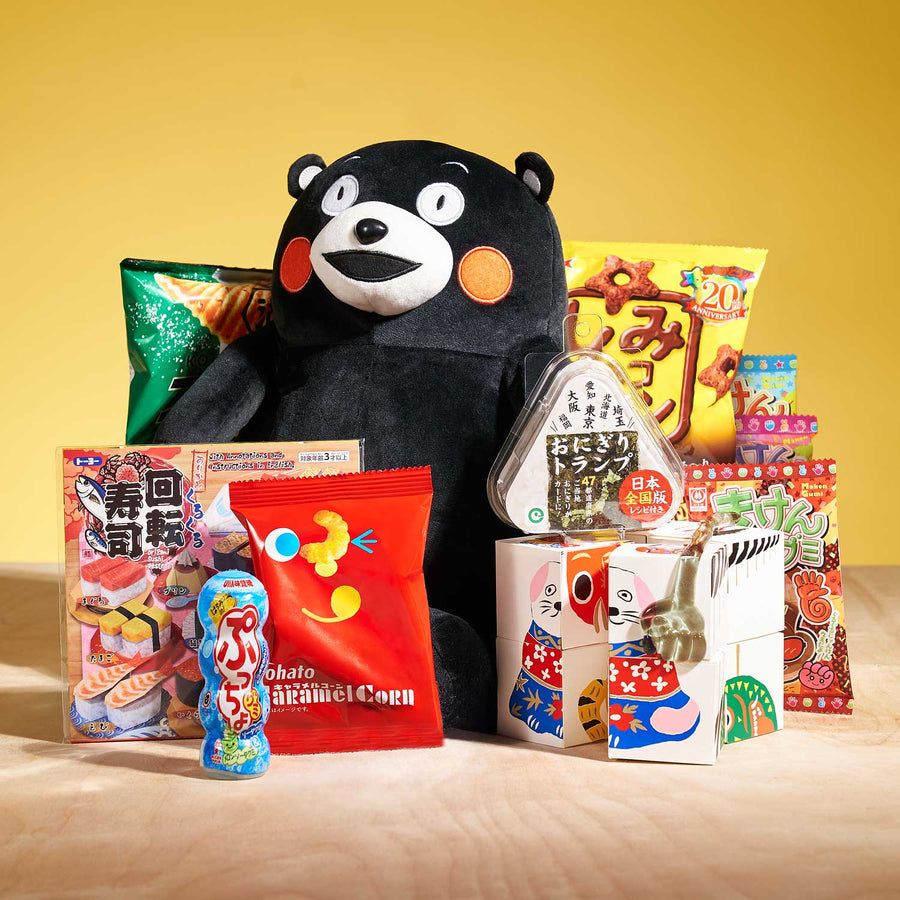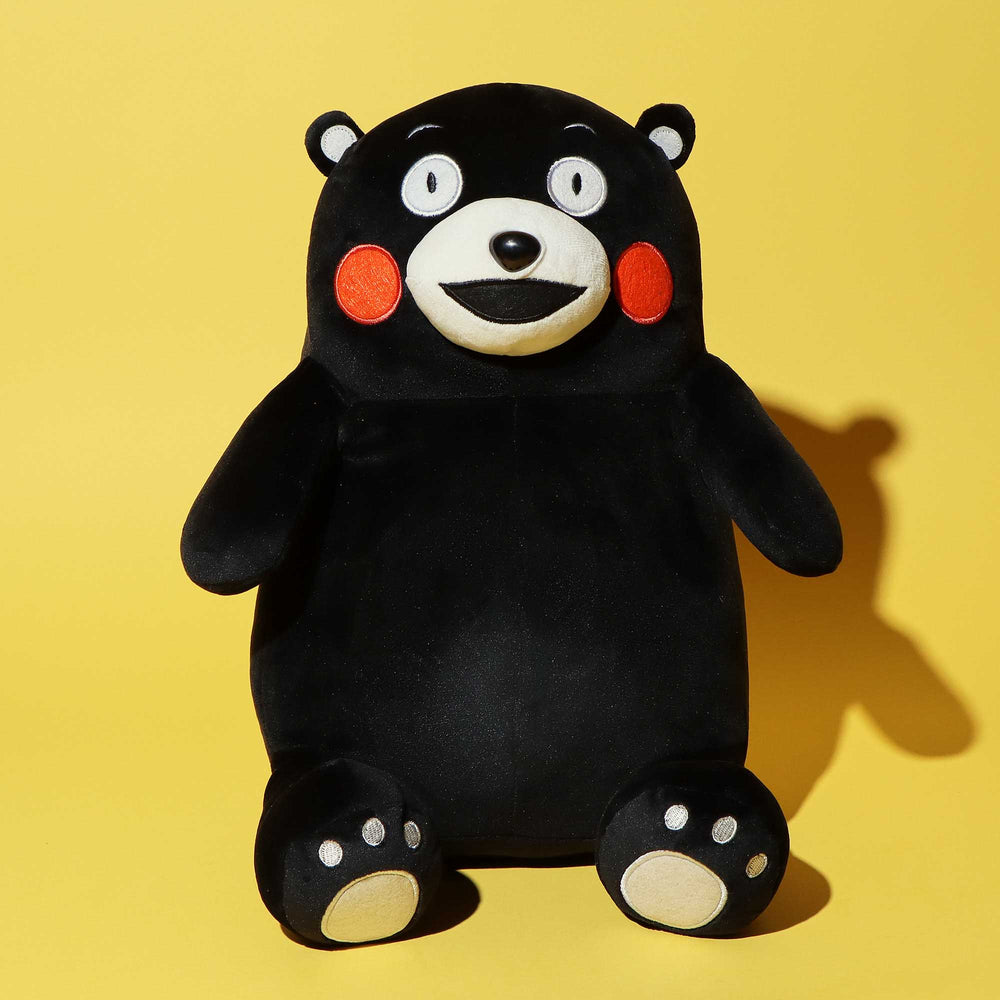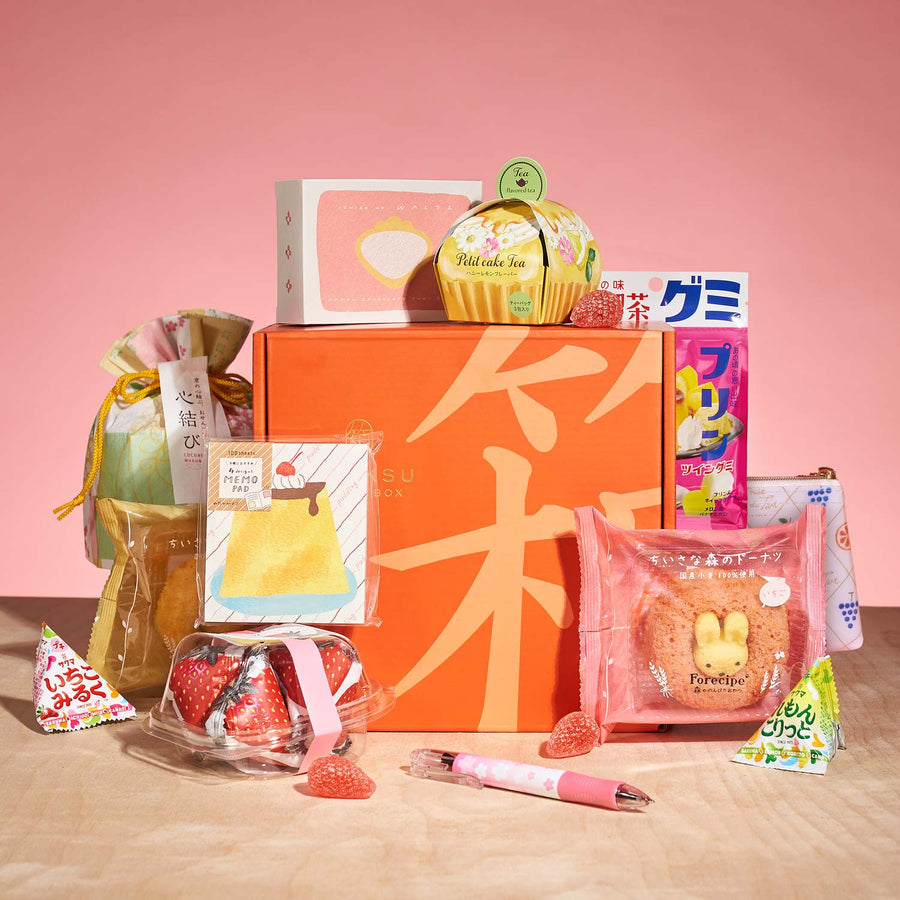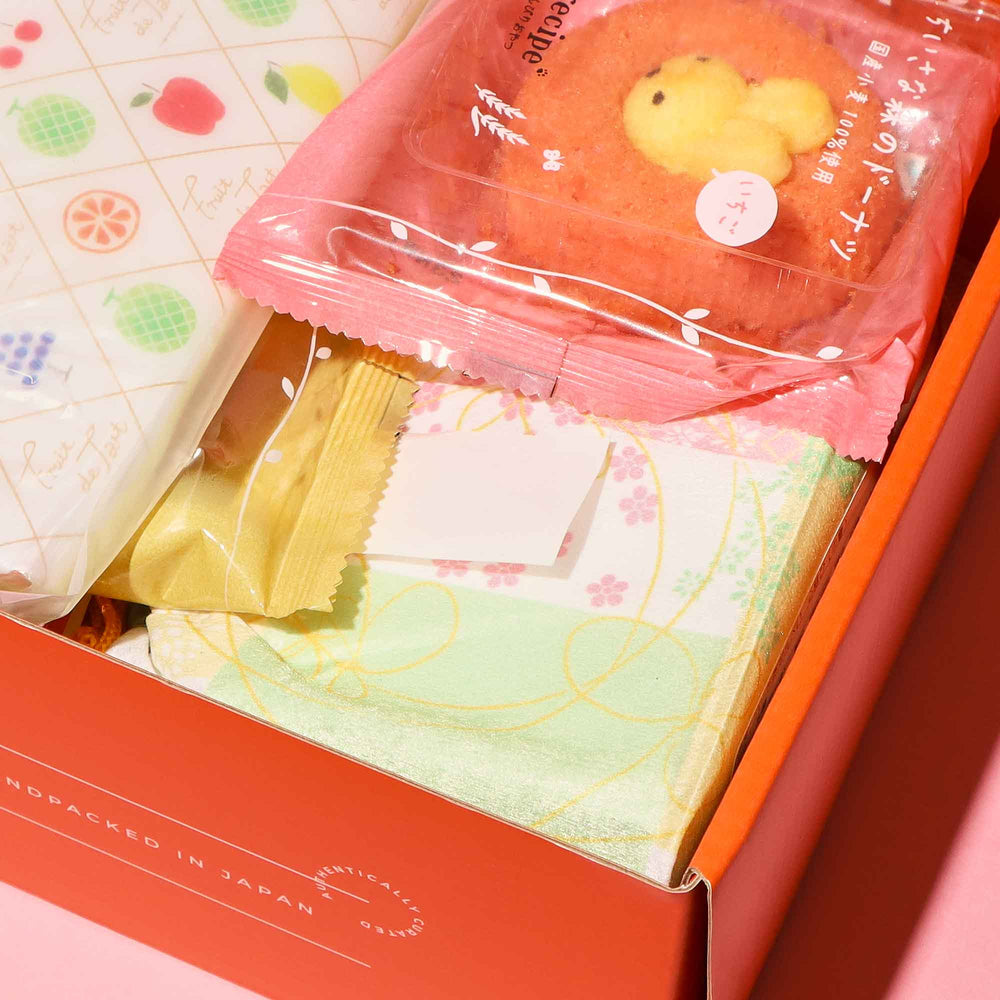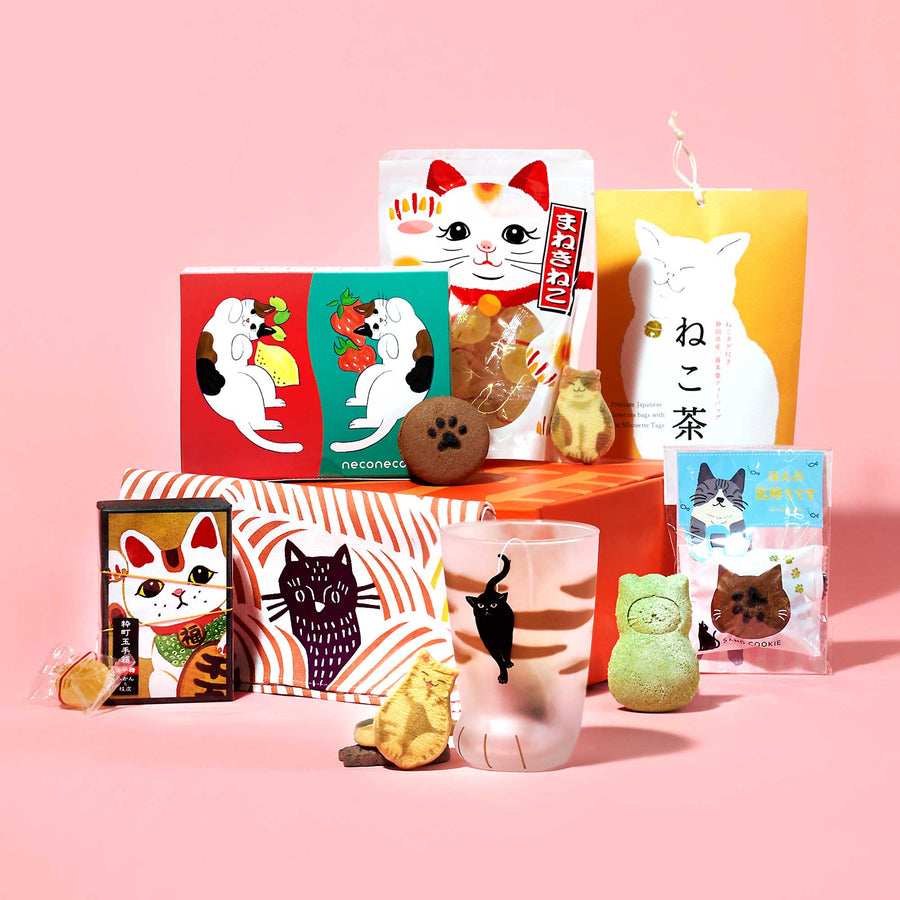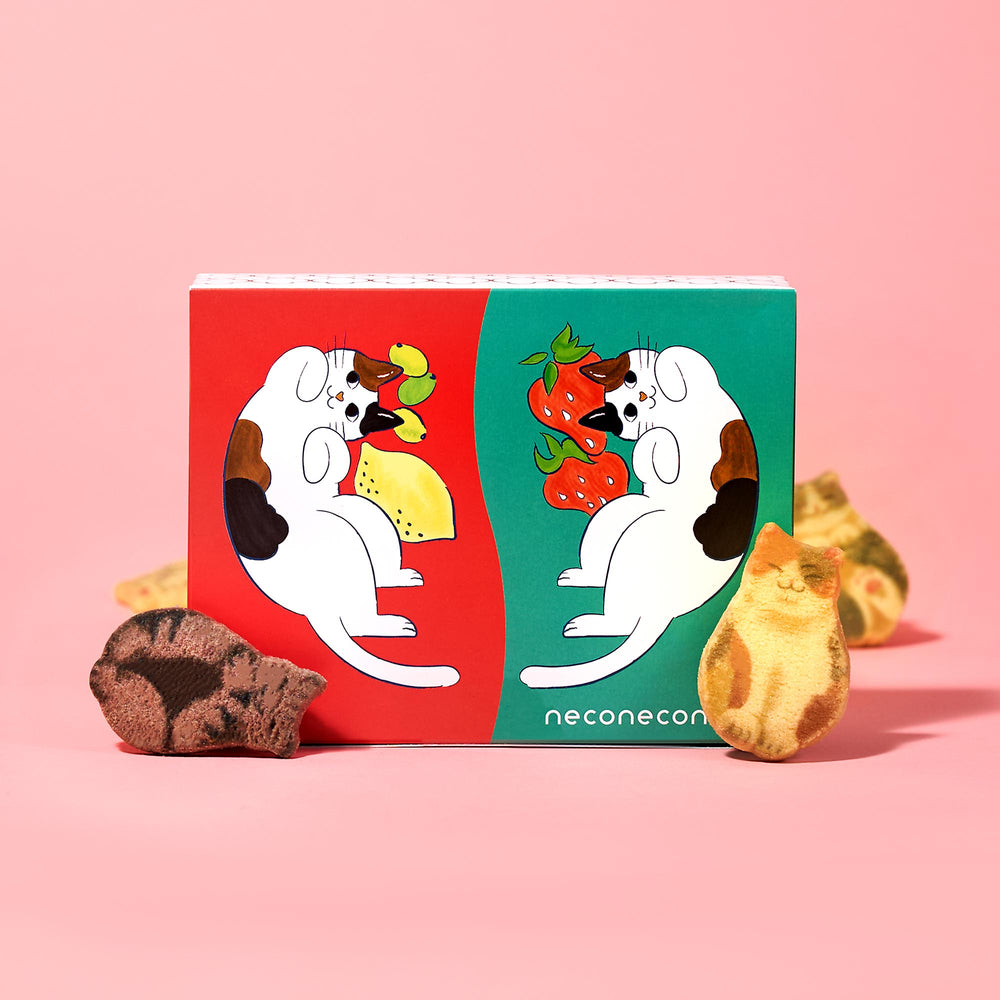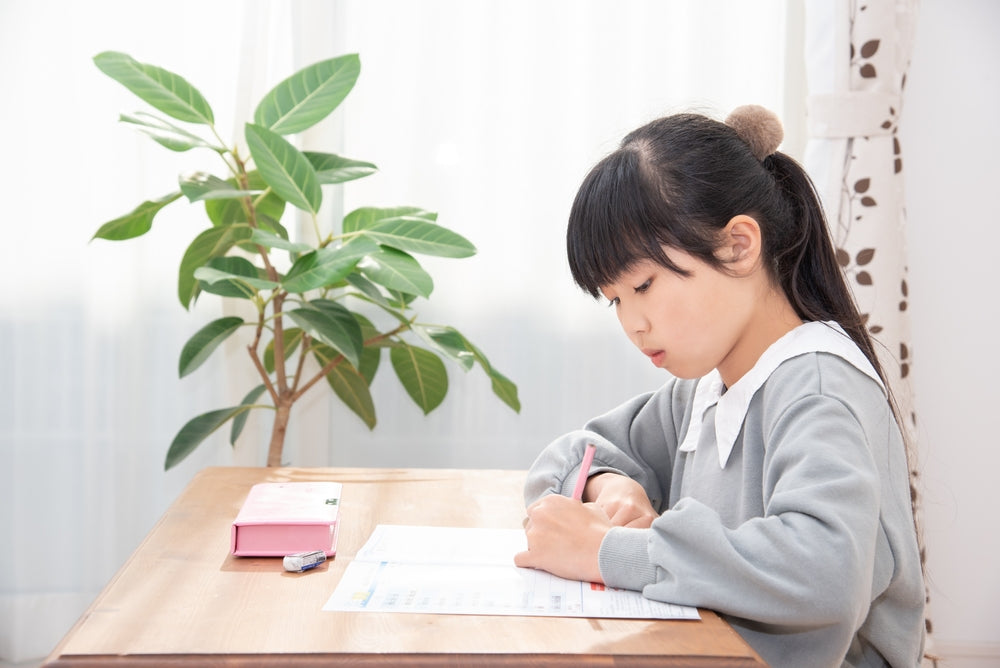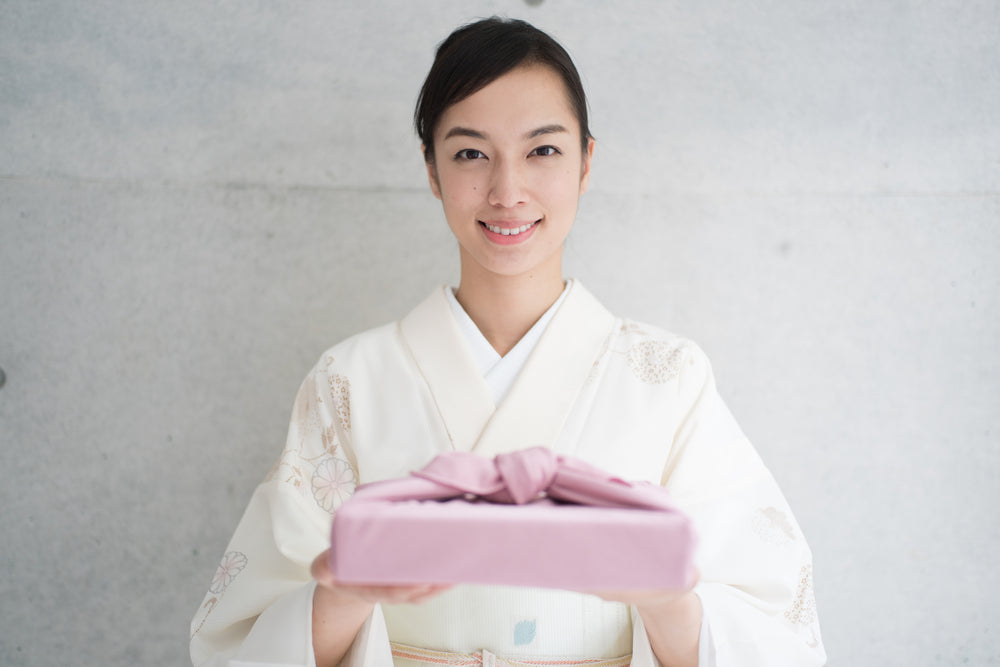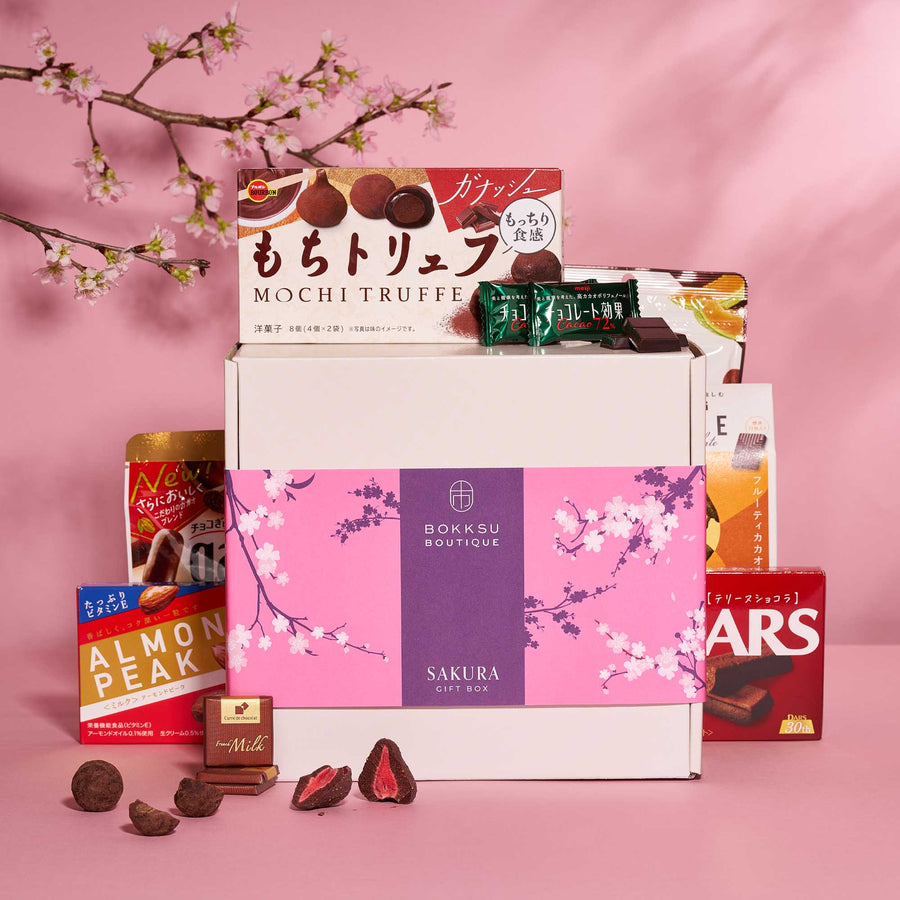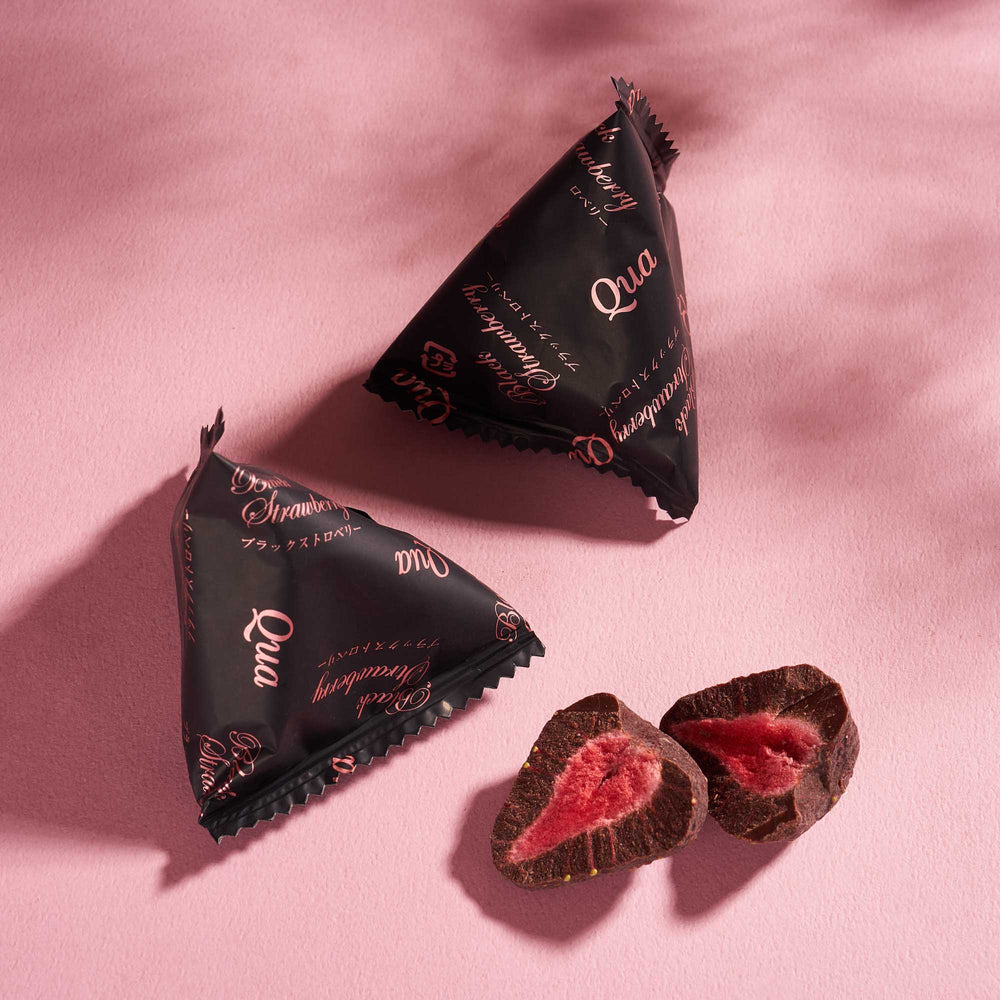Koinobori: Japan's Colorful Celebration of Children and Tradition
The Significance of Koinobori in Japanese Culture

In the vibrant tapestry of Japanese culture, few symbols resonate as deeply and colorfully as Koinobori, the iconic carp streamers that represent Children's Day in Japan. Originating from ancient legends and evolving into a beloved tradition, Koinobori encapsulates the spirit of strength, courage, and familial bonds cherished in Japanese society. As the gentle spring breeze animates these vibrant streamers, they serve as poignant symbols representing the enduring values that brings families together, fostering resilience, and serving as a source of inspiration for generations to come.
What is Koinobori? The Tradition of Carp Streamers

As Japan's Golden Week approaches each year, the country comes alive with a vibrant display of cultural festivities. Among these Japanese celebrations, one of the most cherished traditions is the display of Koinobori, or carp-shaped windsocks, that adorn homes and public spaces in honor of Children's Day on May 5th.
The act of displaying Koinobori is not just a decorative gesture but a meaningful ritual imbued with symbolism. Typically, at least three Koinobori are attached to a pole. The largest carp, often in black, symbolizes the father, while the red carp represents the mother. The smaller carp in colors like blue, yellow, and others symbolize the children in the family. This arrangement signifies the unity of the family, as the carp swim together harmoniously.
The History of Koinobori: From Samurai to Present Day

The origins of Koinobori can be traced back to the samurai warriors of feudal Japan. During the Edo period, samurai families would fly colorful flags adorned with carp decorations to symbolize strength, courage, and determination. The carp, known for its tenacity and ability to swim upstream, became a powerful symbol of the samurai's virtues and aspirations.
The tradition of flying carp-shaped streamers evolved over time, eventually becoming associated with Children's Day. Originally referred to as "Tango no Sekku", a day dedicated to celebrate boys' growth and prosperity, Children's Day widened its scope to include children of all gender and became an official national holiday in 1948. Koinobori became a central element of the festivities, symbolizing the hopes and dreams parents have for their children's future success and happiness.
Today, Koinobori grace the skies of Japan throughout Golden Week, imbuing the atmosphere with a spirit of enthusiasm and joy. Both individual households and communities raise these carp streamers, complementing the festivities with festivals and parades. These collective efforts enrich the celebratory ambiance, nurturing a feeling of unity and cultural pride that resonates across the country.
Crafting Koinobori: The Art Behind the Carp Streamers

The iconic carp-shaped windsocks that adorn the skies of Japan during Children's Day celebrations are not just colorful decorations but also intricate works of art that reflect a harmonious blend of tradition and innovation. From classic motifs rooted in folklore to contemporary interpretations that reflect artistic experimentation, the art of creating Koinobori embraces a wide range of design. Regional variations add to the diversity, with each area incorporating unique symbols, colors, and patterns that represent local heritage and traditions.
Traditionally, the craftmanship of Koinobori starts with choosing top-quality fabrics like silk or nylon, ensuring durability and a vivd canvas for creativity. Traditional methods involve hand-painting intricate designs of carps, water motifs, and auspicious symbols. Embroidery techniques add depth and texture, using silk threads or metallic yarns, bringing the carps to life with shimmering scales and dynamic movements. While traditional craftmanship remains at the core of Koinobori production, modern innovations have introduced new materials and techniques. Synthetic fibers and waterproof coatings enhance the durability and weather resistance of Koinobori, allowing them to withstand outdoor elements without compromising their visual impact. Digital printing technologies have also enabled precise replication of intricate designs, ensuring consistency and accuracy in mass production.
Flying High: The Symbolism of Carp Streamers

The origins of Koinobori can be traced back to ancient Chinese folklore, where the carp is revered for its determination and ability to swim upstream against powerful currents and ultimately transforming into a dragon. This tale represented perseverance, strength, and the ability to overcome obstacles, which are qualities that hold great value in Japanese culture.
The act of displaying carp streamers during Children's Day is symbolic of parents' and society's wishes for children to grow up healthy, strong, and capable. Just as the carp swims upstream against the current, children are encouraged to face difficulties with determination and resilience, aspiring to achieve their goals and aspirations despite obstacles in life.
Koinobori in Japanese Art and Literature

For centuries, Japan's lively carp streamers, have stood as a prominent motif in both Japanese art and literature. They embody a rich tapestry of cultural significance, artistic expression, and timeless themes that continue to resonate with audiences globally.
Koinobori has been a popular subject in traditional Japanese paintings and woodblock prints, where artists often depict the colorful carp streamers soaring amidst picturesque landscapes. These artworks symbolize life's journey and the resilience needed to overcome challenges. In contemporary art, Koinobori continues to inspire creativity, with artists exploring new mediums, such as digital art, mixed media, and installations. Koinobori-themed installations, featuring large-scale carp streamers suspended in public places and art galleries, offer immersive experiences that invite viewers to connect with the symbolic and cultural depth of Koinobori.
Koinobori has made its mark in Japanese literature, weaving its symbolism of strength, resilience, and familial bonds into compelling narratives. From children's stories to haiku poetry and novels, Koinobori's representation in Japanese literary works mirrors profound cultural values that resonate with readers of all ages. Children's stories impart important lessons on resilience, overcoming obstacles, and embracing their inner strength, while novels portray the aspirations parents hold for their children's futures and the enduring bonds of families.
Family Traditions: Celebrating Koinobori at Home

On Children's Day, families across Japan hoist Koinobori outside their homes, typically in late April or early May, creating a picturesque scene of colorful carps swimming in the air. Families choose colorful carp streamers that represent each member of the household, with the largest carp symbolizing the father. These carp streamers are then hung outdoors, near the entrance of the home.
In addition to the visual spectacle of Koinobori, Japanese families celebrate Children's Day with special meals and culinary traditions that add to the festive atmosphere.
One of the most iconic dishes is Kashiwa Mochi, a type of sweet rice cake filled with red bean paste and wrapped in oak leaves, which symbolizes strength and prosperity. Meanwhile, in other regions in Japan, Chimaki is the favored treat, which comprises steamed rice cakes wrapped in bamboo leaves. Another popular dish during Children's Day is Chirashi Sushi, also known as scattered sushi, featuring sushi rice topped with a colorful array of ingredients, reflecting the festive spirit of the occasion. Additionally, cafes and supermarkets offer tri-colored Kushi Dango, consisting of three mochi balls on a skewer in green, white, and pink hues, as often depicted in anime.
The Public Celebrations of Koinobori

Beyond individual households, communities across Japan come together to celebrate Children's Day in captivating performances and mesmerizing public art installations. Koinobori festivals represent occasions of unity and camaraderie, fostering connections among neighbors and extending a warm welcome to visitors from far and wide.
From traditional dance performances to lively concerts, Koinobori festivals provide a platform for local artists and performers to showcase their talents, injecting a dynamic and captivating element into the festivities. The main highlight of Koinobori celebrations is the public art installations that adorn parks, streets, and public spaces throughout Japan. Each prefecture adds its unique touch to the decorations and festivities surrounding the Koinobori.
In 2005, Gunma's Carp Streamer Village Festival made headlines by displaying over 5,000 carp streamers, earning the title of the largest carp streamer festival globally in the Guinness World Records. Fast forward to 2021, Iwakura City in Aichi, Japan, set a new record by showcasing a staggering 193,275 carp streamers during the municipality's 50th-anniversary celebration in 2021. On a different note, Kazo City is renowned for flying the world's longest Koinobori. Stretching an impressive 100 meters, the colossal carp streamer is hoisted every May 3rd as part of the Kazo Citizen's Peace Festival.
Koinobori Festival Highlights: Where to Experience the Magic

Japan's vibrant culture frequently shines through its colorful and beautiful festivals, and one such celebration that captures the essences of tradition and unity are the Koinobori festivals. These events, held in various locations across Japan, offer a spectacular display of carp-shaped streamers dancing gracefully in the breeze.
The Sagahimara Koinobori Festival was a renowned event that drawn visitors from far and wide. Held along the Sagami River in Sagamihara City, Kanagawa Prefecture, this Japanese festival featured 1,200 carp-streamers spanning the river, creating a mesmerizing display of colors that stretches for over a kilometer. However, this festival ended in 2020.
If you missed the iconic Sagamihara Koinobori Festival, there's no need to worry because there are other festivals and events where you can admire the beauty of colorful carp streamers across Japan. In the heart of central Tokyo, two iconic towers host their own Koinobori festivals. Approximately 1,500 carp-shaped streamers adorn Solamachi Square and other locations within TOKYO SKYTREE TOWN, as well as various events and workshops in celebration of Children's Day. Tokyo Tower also joins in the festivities, displaying 333 carp-shaped streamers at its main entrance, signifying the tower's impressive 333-meter height. The best part is that you can enjoy this spectacular sight for free!
If you find yourself in the Osaka and Kyoto regions, Takatsuki hosts the Koinobori Festa 1000 at Akutagawa Sakurazutsumi Park. Held annually, this festival showcases 1000 carp-shaped streamers hung above the river, symbolizing wishes for children's well-being and for protection of the Akuta River, a symbol of Takatsuki City. Visitors can also enjoy special drum and dance performances, as well as a mini concert. Food stalls offering a range of Japanese street food delicacies line the riverside in the park, adding to the festive atmosphere.
For a unique experience, visit Sabogawa Rivera, where vibrant Koinobori, typically dancing in the wind, are returned to their natural element in the river. This annual event takes place at Sabogawa River in Hofu City, Yamaguchi Prefecture, featuring 120 carp streamers swimming in the river to the joy of spectators.
May Festivals in Japan: Koinobori and Beyond

May kicks off with Golden Week in Japan, a series of national holidays that often coincide with various Japanese festivals and events across Japan. From the vibrant Hakata Dontaku Festival in Fukuoka to the elegant Aoi Matsuri in Kyoto, Golden Week sets the stage for a myriad of cultural experiences. May is also a time when Japan's landscapes burst into bloom with colorful flowers. Cherry blossom festivals may continue into early May, accompanied by azalea, wisteria, and iris festivals, each showcasing nature's beauty and cultural significance.
Amidst these diverse celebrations, Koinobori stands out for its symbolic representation of childhood, growth, and resilience. The sight of these streamers fluttering in the wind adds a touch of magic to May's festivities, reminding everyone of the enduring values that bind families and communities together.
The Enduring Appeal of Koinobori

In essence, the tradition of Koinobori during Children's Day encapsulates the values of strength, courage, and familial unity that are deeply ingrained in Japanese society. It is a time-honored tradition that not only brings families together but also serves as a reminder of the aspirations and hopes parents have for their children's future. As the carp streamers dance gracefully in the spring breeze, they carry with them the collective wishes for a bright and prosperous tomorrow for all children in Japan.
Celebrate Children's Day wherever you are in the world with a gift from Bokksu Boutique! Each gift box is carefully curated to celebrate the tradition, craftmanship, and the vibrant flavors of Japan.
Author Bio








 Bokksu Snack Box
Bokksu Snack Box



